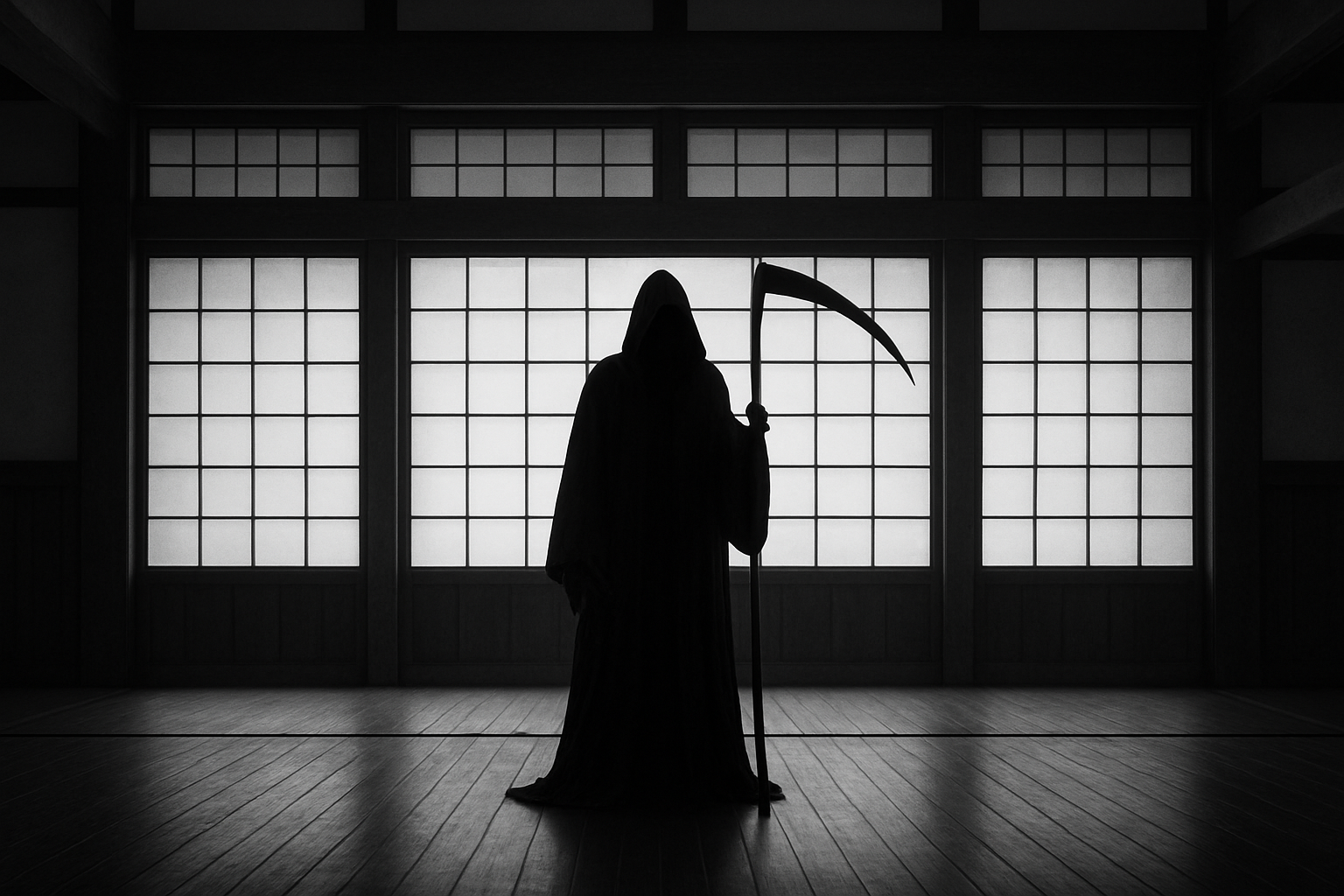
Real Training
Authentic Traditions
Gōjū-Ryū Karate & Yamanni-Ryū Bōjutsu
For Body, Mind, and Spirit
Est. 2025 | Stillwater, NJ
I'm currently producing original photography that better reflects the spirit of our training.
In the meantime, I invite you to explore the site — each section offers a window into what makes The Karate Workshop unique.
Thank you for your interest and your patience as we continue to build something meaningful.
Training at The Workshop
Choose the Type of Training That Fits Your Style
Public Classes at the
Sussex County YMCA
Small-Group Training
Private Instruction
Culture
Learn the cultural traditions and values of Okinawan martial arts, cultivate respect, discipline, and a strong martial mindset.
Fitness
Build the foundation of a martial artist through traditional conditioning and functional movement to improve strength, endurance, and flexibility.
Form
Explore kata as the basis of martial strategy and movement, develop structure, precision, and tactical understanding.
Function
Learn to apply karate as it was meant to be, gain effective striking, close-quarters grappling, and essential groundwork skills.
Notes from The Workshop
Essays, Insights & Reflections on the Art & Practice of Authentic Karate & Kobujutsu
“Do not strike others, and do not be struck by others. This is the principle of peace without incident.”
— Miyagi Chōjun (1888–1953)





Scroll YouTube and you’ll see it: karateka yelling “KIAI!” as if naming the act makes it real. This article explains what kiai actually is—the unification of breath, body, and will—how codified performance eclipsed Okinawan practice, and why a true kiai should arise naturally, not be recited.